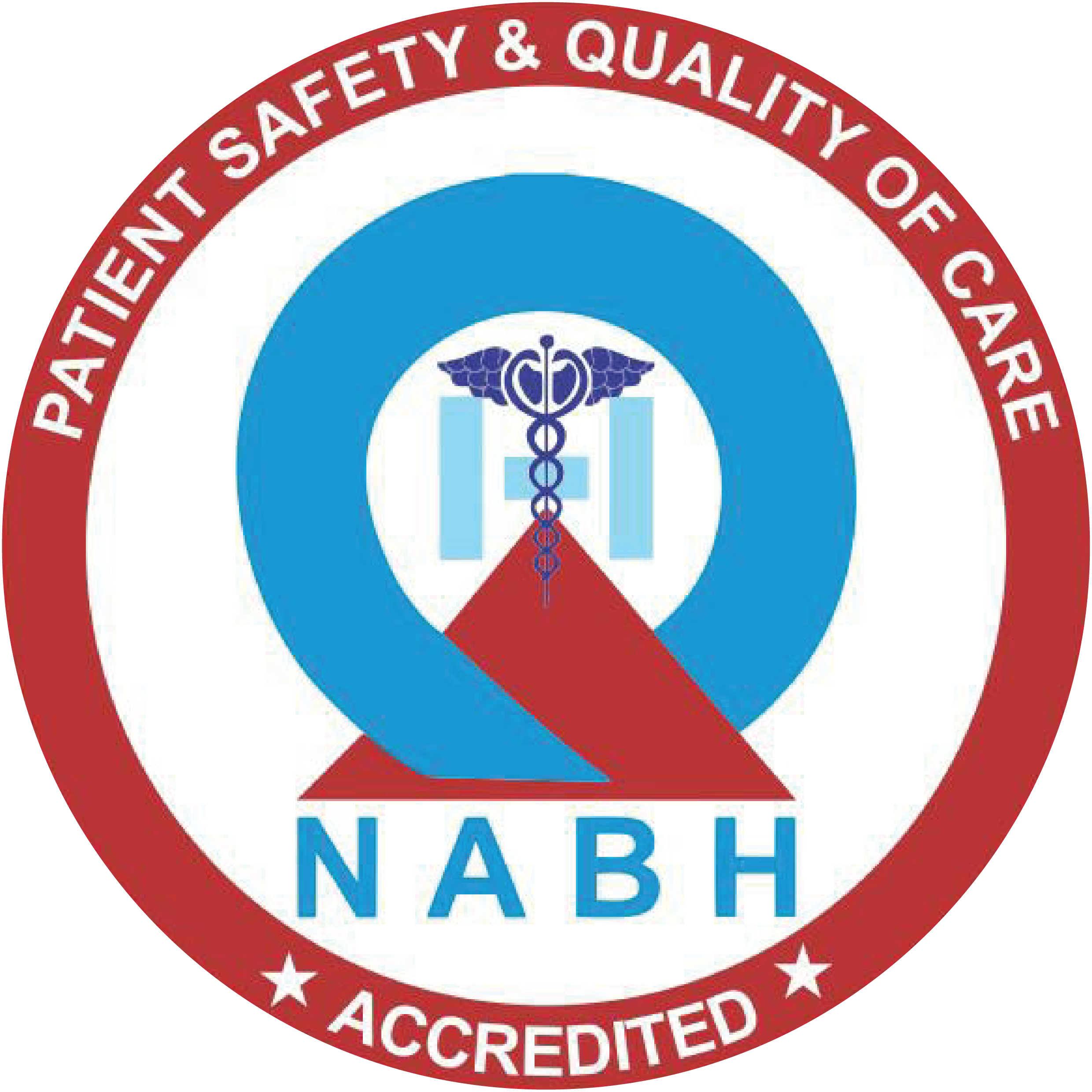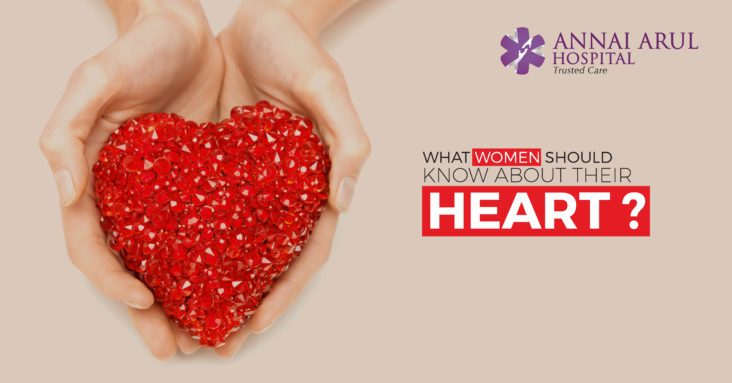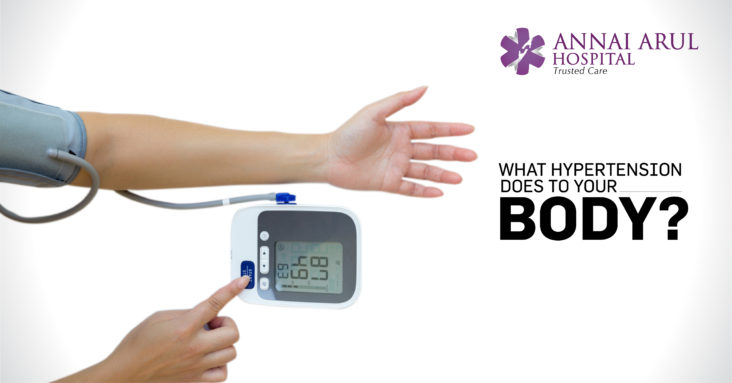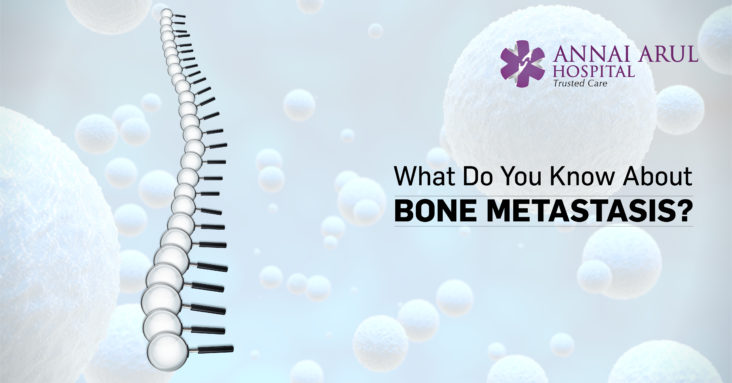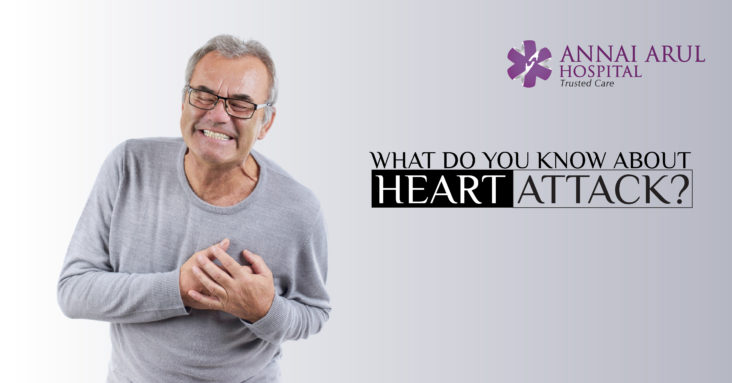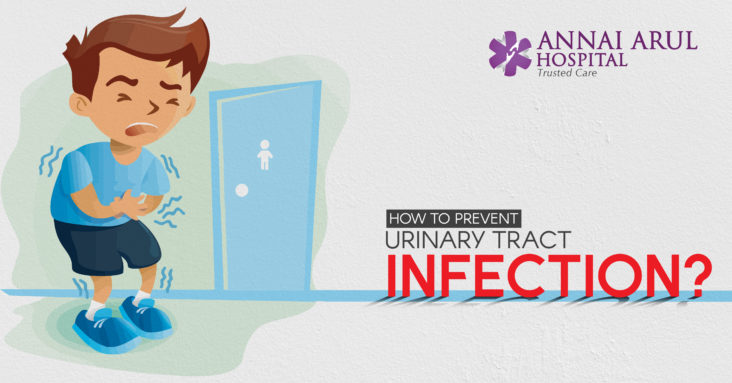Heart disease is the most common health challenge for both men and women. Even then it does not affect them the same way. Some heart conditions are seen to occur more in men than women and if it is the same problem then the symptoms may be different. For women, it is always important to know what to watch for and how to protect yourself as you get old.
Warning Signs
We all know that whenever someone has chest pain then we presume it to be a heart attack. In real life, women may have less obvious symptoms are are as likely to get shortness of breath instead of marked chest pain. You may also feel pain in the jaws, back and upper belly. Women will usually feel nauseous, lightheaded and dizzy.
What’s SCAD?
Spontaneous Coronary Artery Dissection (SCAD) is when the heart’s blood vessel gets a tear. This can slow the blood flow or block it. Ultimately leading to severe chest pain and other symptoms that feel like heart attack. This is a serious condition that requires immediately medical care. Women are more prone to get SCAD, especially when they have recently given birth to a child.
Broken Heart
A broken heart syndrome is medically known as stress-induced cardiomyopathy, it can happen more to women than men. It is caused by a sudden release of stress hormones and occurs after a very emotional event like divorce or death in a family. The thing that happens is that a part of the heat gets bigger and stops pumping efficiently, this cause intense chest pain and immediately medical help is required.
Menopause
In menopause women experience multiple changes to their bodies, while it does not cause heart disease, the many changes can lead to one. The levels of estrogen go down rapidly and arteries can get stiffer. Whereas the blood pressure, belly fat and LDL rises. Being active is one way of countering the effects of menopause.
Inflammation
If a woman is suffering from problems like rheumatoid arthritis, lupus etc. they have a chance of getting heart disease. Even if you are young, don’t smoke, and exercise regularly you can get affected. Inflammation can be kept in check with medications.
Diabetes
Diabetes can double a woman’s probability of getting heart disease. High blood sugar slowly slows down the flow of oxygen in your blood and lead to plaque build-up in the arteries. Women with diabetes also tend to be overweight or obese which can aggravate the BP and cholesterol problem. With proper diet and exercise the problem can be managed.

